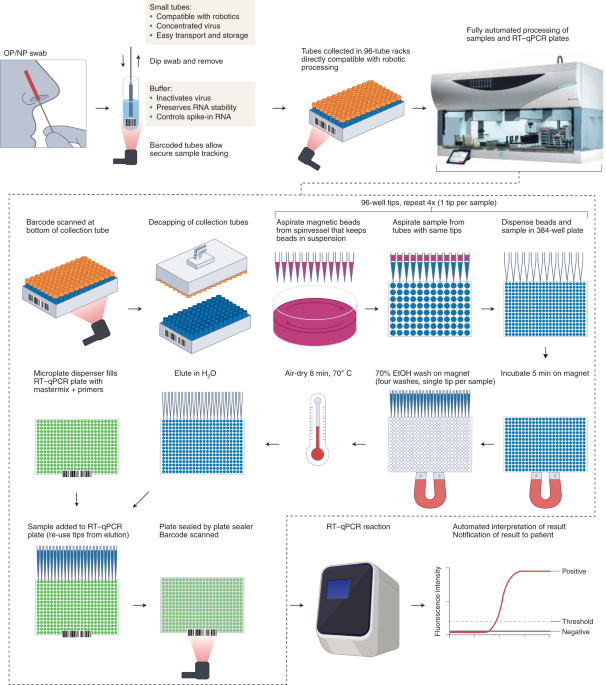The Large Hadron Collider has been shut down for upgrades since 2018 CERN
THE Large Hadron Collider (LHC) at CERN near Geneva, Switzerland, will start running again after a three-year shutdown and delays due to the covid-19 pandemic. The particle collider – known for its role in the discovery of the Higgs boson, which gives mass to all other fundamental particles – will return in 2022 with upgrades that give it a power boost.
Work has been under way to conduct tests on the collider and calibrate new equipment. Now, it is gearing up for experiments that could give physicists the data needed to expand the standard model, our best description of how particles and forces interact.
Phil Allport at the University of Birmingham in the UK says the upgrades could allow new measurements that give us insight into the way the Higgs boson decays, leading to a better understanding of how it fits into the standard model.
“These measurements shed light on what’s happening at the highest energies that we can reach, which tells us about phenomena in the very early universe,” he says. They will also allow us to test ideas that try to account for things that aren’t fully described by the standard model, he says.
This includes mysteries that have plagued physicists for decades, such as the so-called hierarchy problem, which deals with the vast discrepancy between the mass of the Higgs and those of other fundamental particles, plus dark energy and dark matter, the unexplained phenomena that make up most of the universe.
“All of these things require extensions to the standard model of particle physics to accommodate, and all of those theories make predictions. And the best place to look to test those predictions is usually in the highest energies achievable,” says Allport. He says the LHC upgrades also pave the way to entirely new observations that signal a departure from the standard model.
Part of the upgrade work has been to increase the power of the injectors that supply highly accelerated particle beams to the collider. Prior to the last shutdown in 2018, protons could reach an energy of 6.5 teraelectronvolts, but the upgrades mean this can now be pushed to 6.8 teraelectronvolts.
Rende Steerenberg at CERN says that these more powerful beams will cause collisions at higher energies than ever before, and other upgrades in the future will also allow more particles to be collided at the same time.
There are already plans for further improvements in 2024, which will narrow the LHC’s beams and drastically increase the number of collisions that take place. The 2018 run saw around 40 collisions every time a pulse of protons passed each other, but upgrades will push this to between 120 to 250. At that point, the LHC will take on a new name, the High Luminosity Large Hadron Collider, and it should begin experiments in 2028.
There are still many tests to be run before the power of the new components can be unleashed. Scientists at CERN hope to finish these by late February and then slowly ramp up to a small number of full-power collisions in May. The frequency of these collisions will be increased in June, which is when Steerenberg says “meaningful” physics will begin.
More on these topics:
Note: This article have been indexed to our site. We do not claim legitimacy, ownership or copyright of any of the content above. To see the article at original source Click Here













